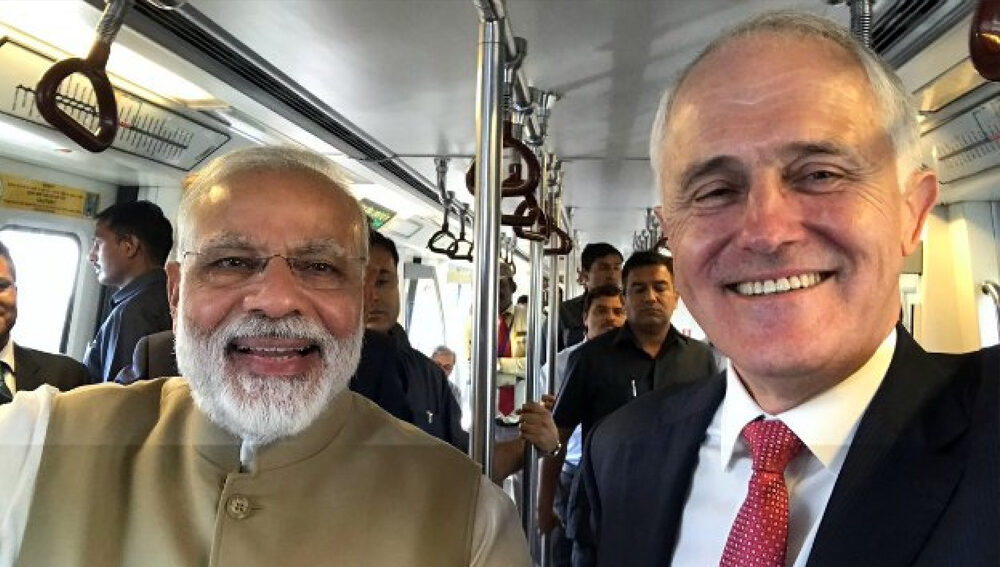Over the last few years, the emerging closeness between India and Australia has often made news, but such enthusiasm has been, at times, short-lived. However, with the Indo-Pacific in flux—results of China’s growing assertiveness as well as uncertainty about American leadership—middle and emerging powers in the region find themselves contemplating the need to join hands. Australia and India are not exceptions in this regard. Moreover, the rebirth of the Quadrilateral Security Dialogue (commonly known as the Quad) in November last year and the importance given to India in the 2017 Australian Foreign Policy White Paper, provide an even broader canvas for a sustainable, upward trajectory in India-Australia relations.
Historically, a key problem with Australia’s bilateral relationships has been the fundamental dichotomy of its foreign policy, to wit, the misalignment of Australia’s economic and political-security interests. While Australia is reliant on the US for its defence and security through the Australia-New Zealand-US treaty, its economy depends on China, which accounts for the lion’s share of bilateral trade and investment Down Under. This translates into hard choices for Australia, an issue that has gained prominence in the eyes of many international observers. In particular, Australia’s deep economic ties with China in the last two decades has led many Indians to questions its strategic intent and ability when it comes to standing up to the Dragon.
Please click here to read the full “Why New Delhi welcomes a can-do Canberra” article at Live Mint, written by Abhijnan Rej and Griffith Asia Institute researcher, Aakriti Bachhawat.








